We discussed last week the importance of establishing better habits and breaking bad ones and 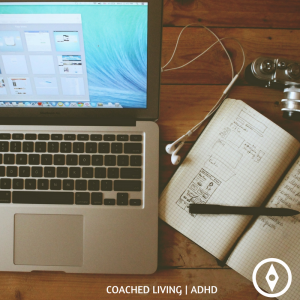 some tips to ease us into it. Bite-size actions really add up. This week, let’s go a little deeper. Wanting to change a habit is all well and good, but if it is strictly performance-based and reliant on our behavior, we may have a tougher time sticking to it. So what we need then is for it to be tied to our identity – how we see ourselves and then in turn how others see us. It can be especially tricky for the ADHD brain to stick to a plan, so this is even more important for working with ADHD mindset.
some tips to ease us into it. Bite-size actions really add up. This week, let’s go a little deeper. Wanting to change a habit is all well and good, but if it is strictly performance-based and reliant on our behavior, we may have a tougher time sticking to it. So what we need then is for it to be tied to our identity – how we see ourselves and then in turn how others see us. It can be especially tricky for the ADHD brain to stick to a plan, so this is even more important for working with ADHD mindset.
Why do Identity-based habits work?
If it’s a part of our core values, we will be more likely to make it a priority — a top-of-the-list, front-burner issue. How it works is deciding first, WHO YOU WANT TO BE and go from there. Here’s my 1-2-3 step for success in tying the value to the habit and action.
Value: I want to be eco-friendly. Habit: I’m going to stop using plastic bags. Action: I’m going to keep canvas bags in my car for shopping and put them back in my car each time I’ve unloaded my groceries.
Value: I want to be someone who keeps a tidy house and appreciates my belongings. Habit: I’m going to pick up my clutter each day. Action: I’m going to set a timer on my phone for after work and then again 30 minutes before bedtime so I can do a walk-through and put away anything I may have left out during the day.
Value: I want to be someone who takes care of his/her body. Habit: Making smarter choices regarding exercise and eating. Action: I’m going to create a meal plan each weekend before I go shopping to ensure that I buy healthier groceries. I’m going to get up 20 minutes earlier in the morning so I can go for a walk before I shower. I’m going to keep healthy snacks like almonds in my car so when I get hungry I won’t drive through a fast-food restaurant. I’m going to eat a healthy snack before I go shopping so I will buy less.
You can apply this 1-2-3 step from WHO you want to be HOW you can make it happen and WHAT you need to do to get there. When you break it down, it doesn’t seem so hard.
This also works with breaking bad habits. For example, if your habit is smoking, create your identity mindset as someone who doesn’t smoke and harm their body with smoke. The habit to break is every time you THINK about smoking, try a mantra like, “I’m a non-smoker and it makes me healthier.” Then replace the action of holding a cigarette in your hand, with say, putting a breath mint in your mouth or chewing a piece of gum. See the outcome in your mind: someone who can resist smoking, who doesn’t need the addiction to cigarettes, who is making a healthy lifestyle choice.
I encourage you to do this in any of the following areas where you would like to create healthier habits.
MONEY/FINANCES
RELATIONSHIPS
WORK PRODUCTIVITY
HOME ORGANIZATION
DESK ORGANIZATION/FILING
WELLNESS/MEDITATION
BODY/ACTIVITIES
HOUSE CLEANING/CLUTTER
SLEEP
We’ll continue our discussion on habits by looking at discipline and focus in the next post. I’d love to hear your thoughts on this identity-based system for habits and which areas you are looking to make improvements in. – TJ



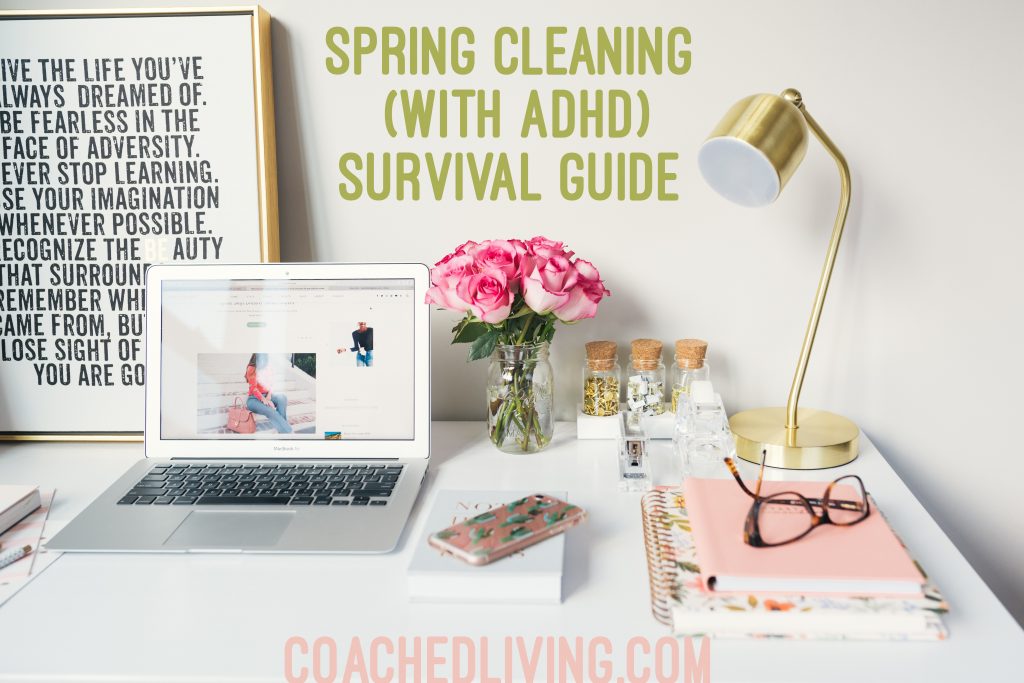 Just the word “spring cleaning” can put a groan in our throats, and that goes double for those who live with ADHD (or literally live with someone with ADHD.) Yet order and structure are important and a clean and de-cluttered house is good for everyone. With the spring sun shining bright, every dust bunny seems to have come out to play! Here are some tips that might help it seem more manageable. I’d love to hear your feedback, and good luck!
Just the word “spring cleaning” can put a groan in our throats, and that goes double for those who live with ADHD (or literally live with someone with ADHD.) Yet order and structure are important and a clean and de-cluttered house is good for everyone. With the spring sun shining bright, every dust bunny seems to have come out to play! Here are some tips that might help it seem more manageable. I’d love to hear your feedback, and good luck!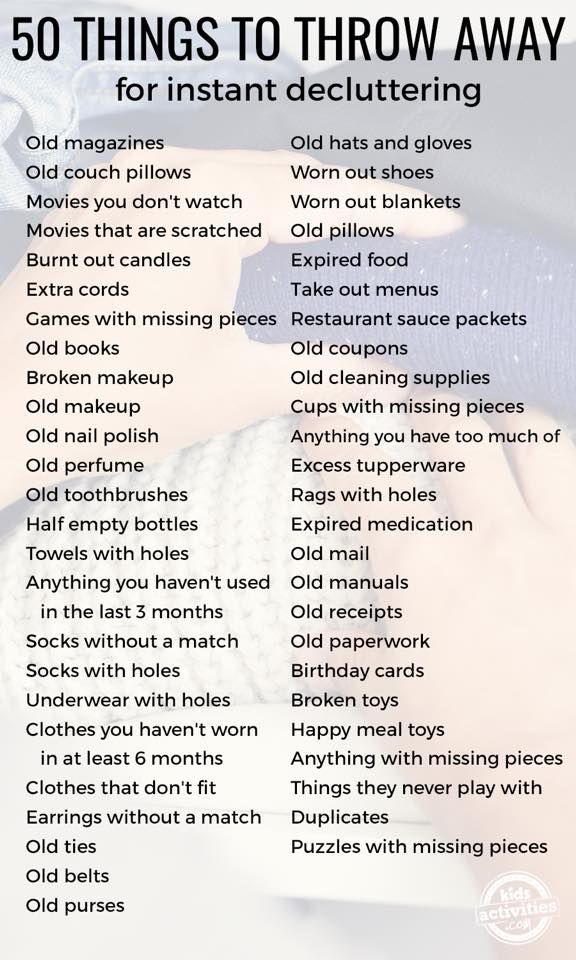

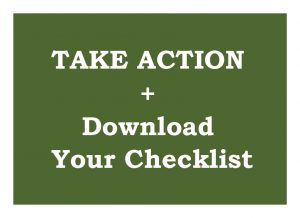

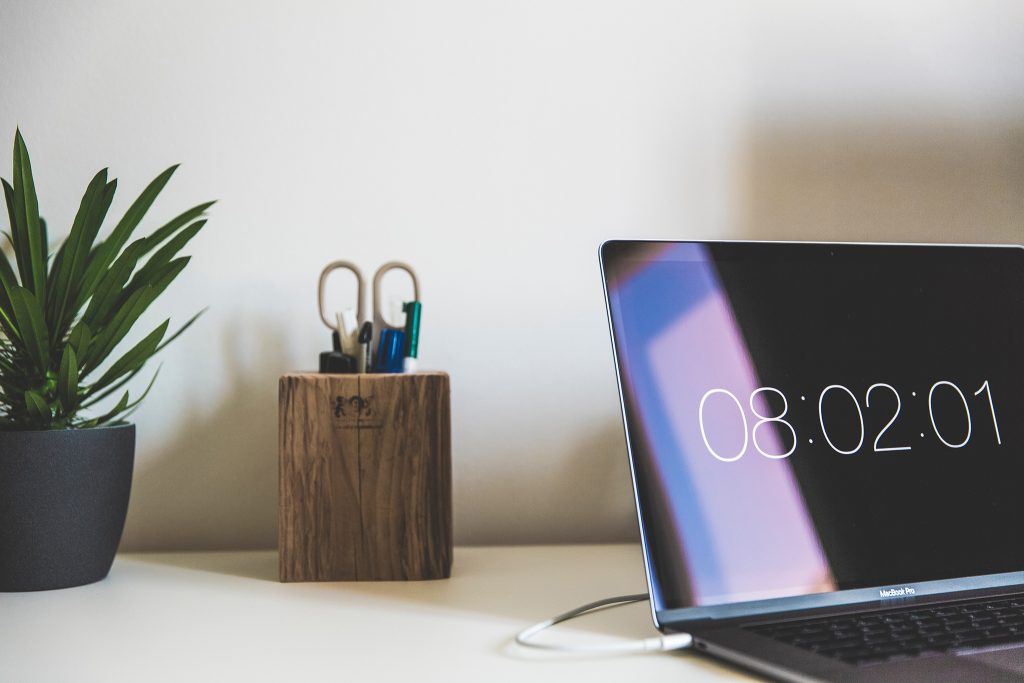

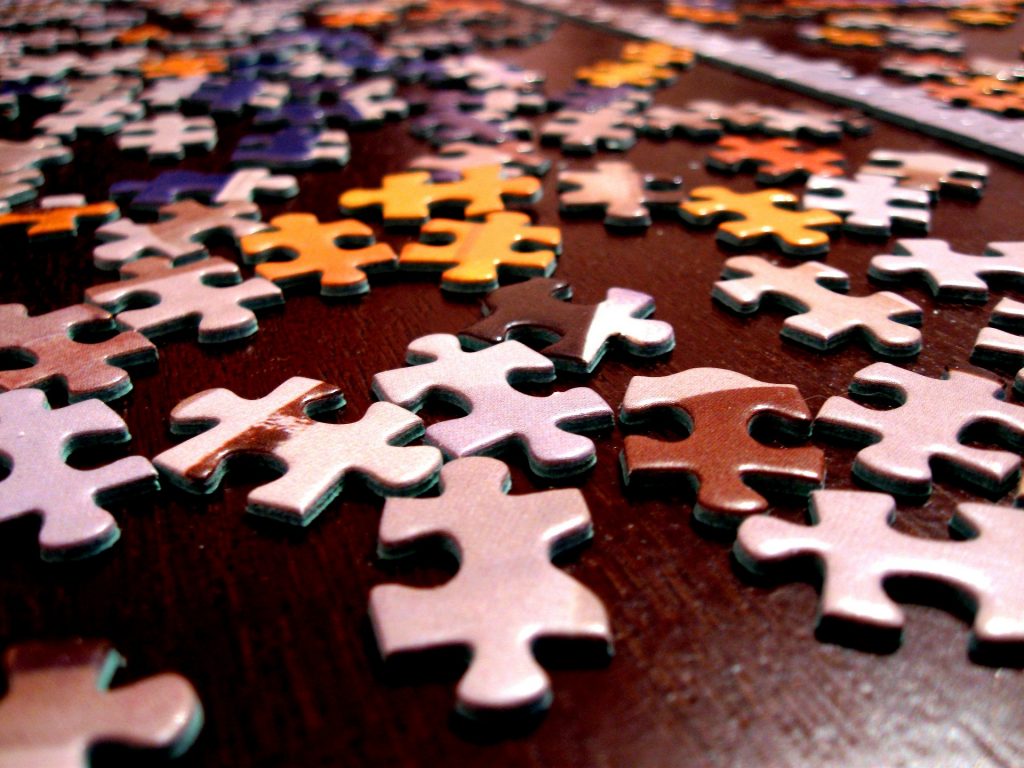

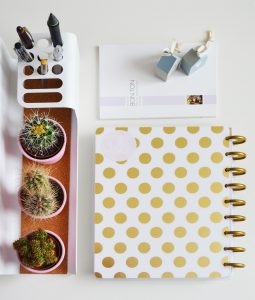 The first strategy is blocking off time to think. Yep! Just think. It’s something we both do too much of and not enough of all at the same time – especially as humans with ADHD! But we rarely take the time to shape our thoughts in a unified, structured, and constructive way. I recommend sitting down at regularly scheduled times to think with a journal and planner in hand. There is one caveat here – sometimes we just need to think without forcing ourselves to multitask, which can be a difficult thing to do in a fast-paced world.
The first strategy is blocking off time to think. Yep! Just think. It’s something we both do too much of and not enough of all at the same time – especially as humans with ADHD! But we rarely take the time to shape our thoughts in a unified, structured, and constructive way. I recommend sitting down at regularly scheduled times to think with a journal and planner in hand. There is one caveat here – sometimes we just need to think without forcing ourselves to multitask, which can be a difficult thing to do in a fast-paced world. One of my clients wrote a document that she calls the “Jones Principles”. These are attitudes that she has learned throughout our coaching over the past several years. One of the Jones Principles is the principle of multiplicity. In other words, if you are going to put the work in, make it so that you will benefit from the it more than once. At the end of this article you will find a handy Jones Principles Checklist that you can download!
One of my clients wrote a document that she calls the “Jones Principles”. These are attitudes that she has learned throughout our coaching over the past several years. One of the Jones Principles is the principle of multiplicity. In other words, if you are going to put the work in, make it so that you will benefit from the it more than once. At the end of this article you will find a handy Jones Principles Checklist that you can download!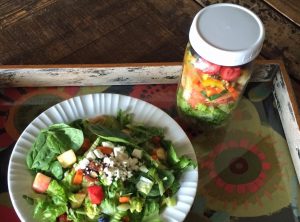 Probably the most helpful streamlining thing I do however is making salad for the whole week. I put the salad in 5-7-quart sized mason jars, and voila! Lunch is done for the week! The ingredients for my salad include romaine lettuce, spinach, carrots, red yellow or orange peppers, apples, strawberries walnuts and feta. Bear in mind that the apples and avocados do turn a little bit brown, but it doesn’t affect the flavor at all. If you want, you could toss them in with a little lemon juice before adding them to the jar to help them retain their color (but I think it changes the flavor).
Probably the most helpful streamlining thing I do however is making salad for the whole week. I put the salad in 5-7-quart sized mason jars, and voila! Lunch is done for the week! The ingredients for my salad include romaine lettuce, spinach, carrots, red yellow or orange peppers, apples, strawberries walnuts and feta. Bear in mind that the apples and avocados do turn a little bit brown, but it doesn’t affect the flavor at all. If you want, you could toss them in with a little lemon juice before adding them to the jar to help them retain their color (but I think it changes the flavor).